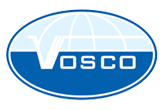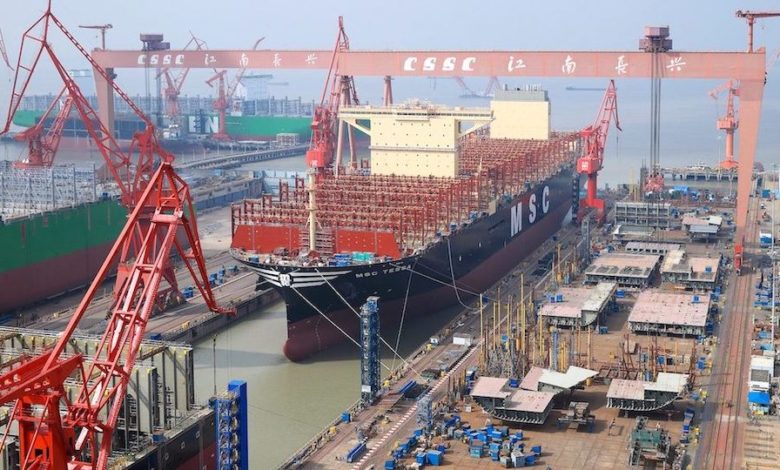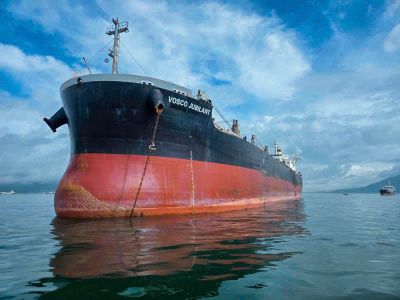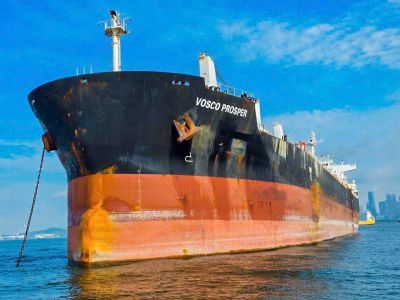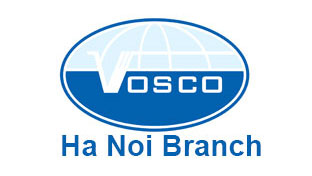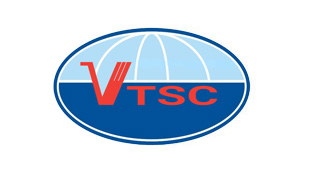CSSC The shipbuilding industry’s eternal capability to lose money even when raking in billions of dollars of orders forms a key plank of broker BRS’s annual review. The 170-page report, one of the shipping market’s must-reads every year, covers all the main segments of the industry. On the shipyard business, BRS stated: “Shipbuilding is not an industry that makes money,” going on to point out how Korean majors such as Daewoo Shipbuilding & Marine Engineering and Samsung Heavy Industries have regularly been in the red in recent years. “There is an urban legend in the shipbuilding industry that shipbuilders make a profit when prices rise. Unfortunately, sometimes, building costs increase quicker,” BRS stated, adding:... View more

Bài viết chuyên khảo QII/2023 - Phòng Vận tải dầu khí Tác giả: Nguyễn Thị Hồng... View more

Link: http://thanhdoanhaiphong.gov.vn/dtn-vosco-tiep-tuc-huong-ung-chuong-trinh-moi-thanh-nien-10000-buoc-chan-moi-ngay-nd23373.html Hành... View more

Khiếu nại về tốc độ và nhiên liệu tiêu thụ cho phép Người thuê tàu khấu trừ... View more

Global maritime trade has fallen to a shadow of pandemic peak as high inflation and reopenings hit goods... View more

I. NHỮNG YÊU CẦU VỀ GIẢM PHÁT THẢI KHÍ NHÀ KÍNH VỚI TÀU THUỶ Tháng 4/2018, tại... View more
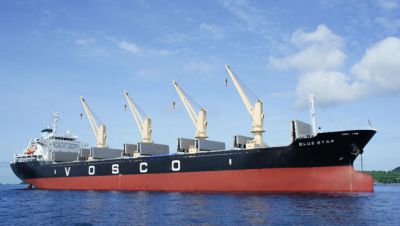
Như đã đề cập ở bài viết trước, điều tiên quyết là Hồ sơ kỹ thuật EEXI... View more

In no uncertain terms, the goal of “future capable” ship’s propulsion is confusing. We have been... View more

One year later: How Ukraine-Russia war reshaped ocean shipping Sizing up the war’s effect on container,... View more

Việc mua, bán tàu biển phải thực hiện theo hình thức đấu thầu khiến các doanh... View more

Vị cứu tinh dầu mỏ lớn nhất của Nga đang gặp vấn đề trong nhập khẩu, đe dọa... View more

Diễn đàn Hàng hải Quốc tế của các Công ty Dầu mỏ (OCIMF) đã đưa ra sáng kiến... View more
